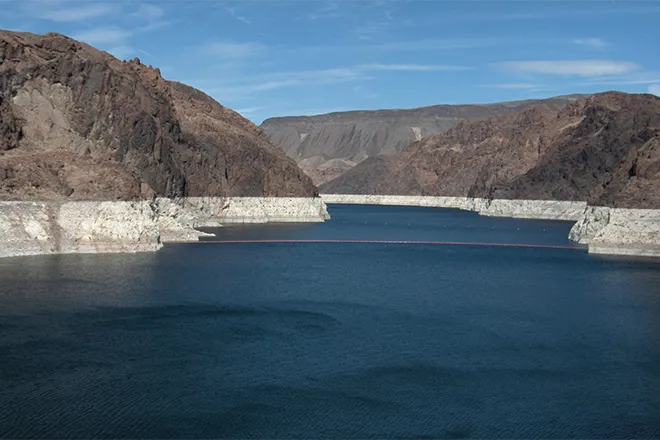
Used vehicle values see record appreciation
(The Center Square) – Jumps in used car prices have some first-time buyers hitting the brakes as supply chain breakdowns continue to choke production of new vehicles.
Over the past year, the average list price for a preowned vehicle jumped 31 percent, according to Cox Automotive, while data from J.D. Power show the number of 16- to 25-year-olds buying a car declined 35 percent from 2019 to the end of 2021. Comparatively, prices for new vehicles year over year rose 12 percent.
Illinois Automobile Dealers Association Executive Director Joe McMahon said last year saw a record appreciation in the value of used vehicles and it pretty much all comes back to the microchip shortage.
“With that shortage, manufacturers are producing less vehicles while the consumer demand for these vehicles are high, so the price of new vehicles have obviously gone up,” he said.
The chip shortage combined with pandemic-spawned labor shortages snowballed over the past year and a half, McMahon said.
In January, the average list price of a used model hit $28,500, the Wall Street Journal reported.
As people hold on to their used vehicles longer, the value of trade-ins has skyrocketed as well, according to McMahon. New car dealerships – the source of eventual used cars – are experiencing 40-year lows in inventory, which McMahon said is making it harder for first-time buyers.
“In fact, dealerships right now – even if a customer is not coming in to purchase a new vehicle – they are out there in the general public trying to buy their vehicles if they’re willing to sell because they have that many customers looking for vehicles,” he said.
The Midwest hasn’t been spared, nor is it alone.
“Every state’s going through this: low production, low inventory, you know, prices increase, and I believe that’s throughout the whole country,” McMahon said.
The situation has desperate buyers leaving notes on random cars with their phone numbers asking to buy them. While it’s not a good time for first-time buyers, McMahon said they just need to keep looking until things get sorted.
“The experts in the industry are telling us up in Washington they think it won’t be corrected until maybe toward the end of the year of 2022,” he said.
While he’s hopeful production will pick up as the year winds down, McMahon warned these problems will be around for a while.
















